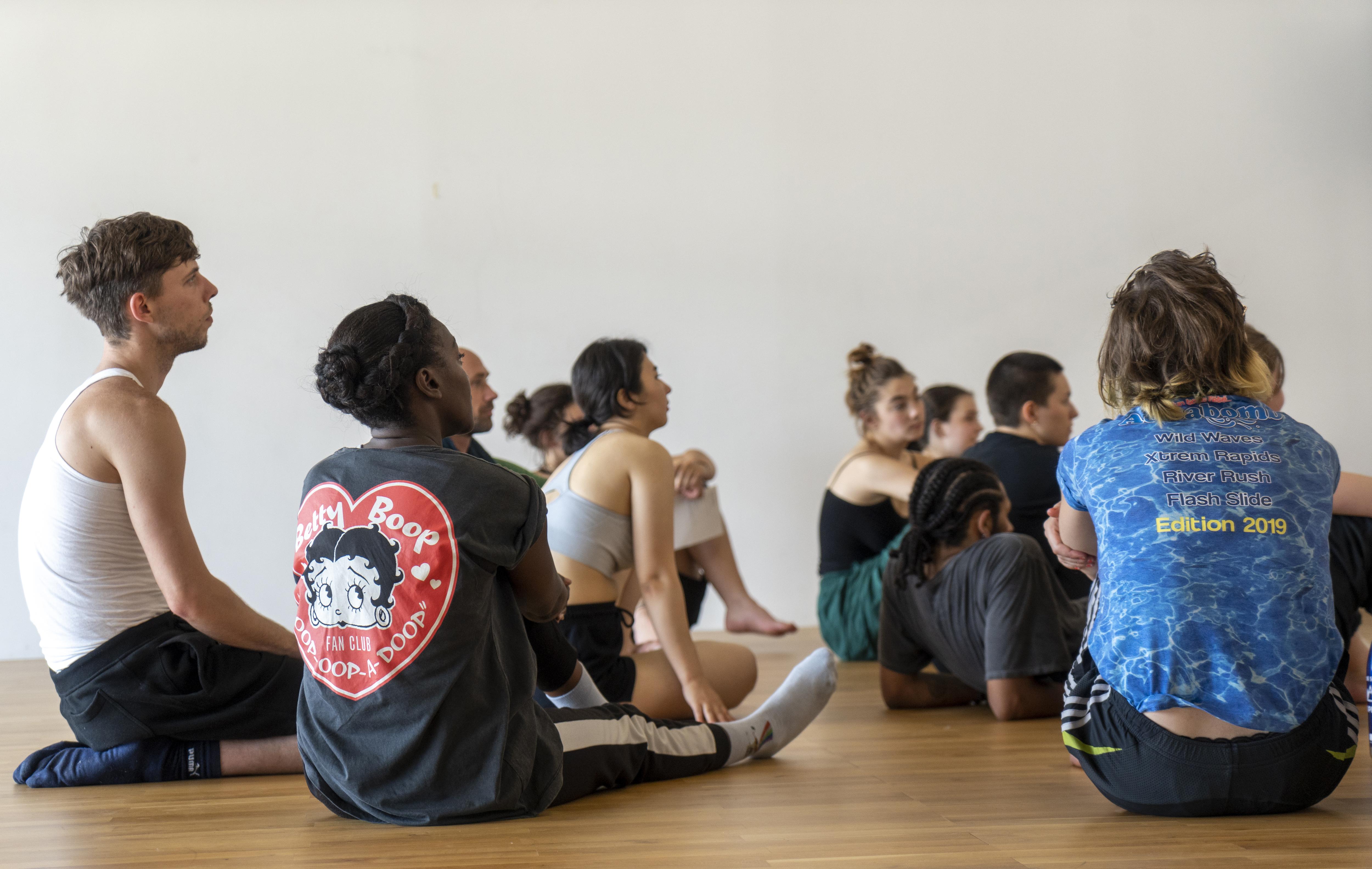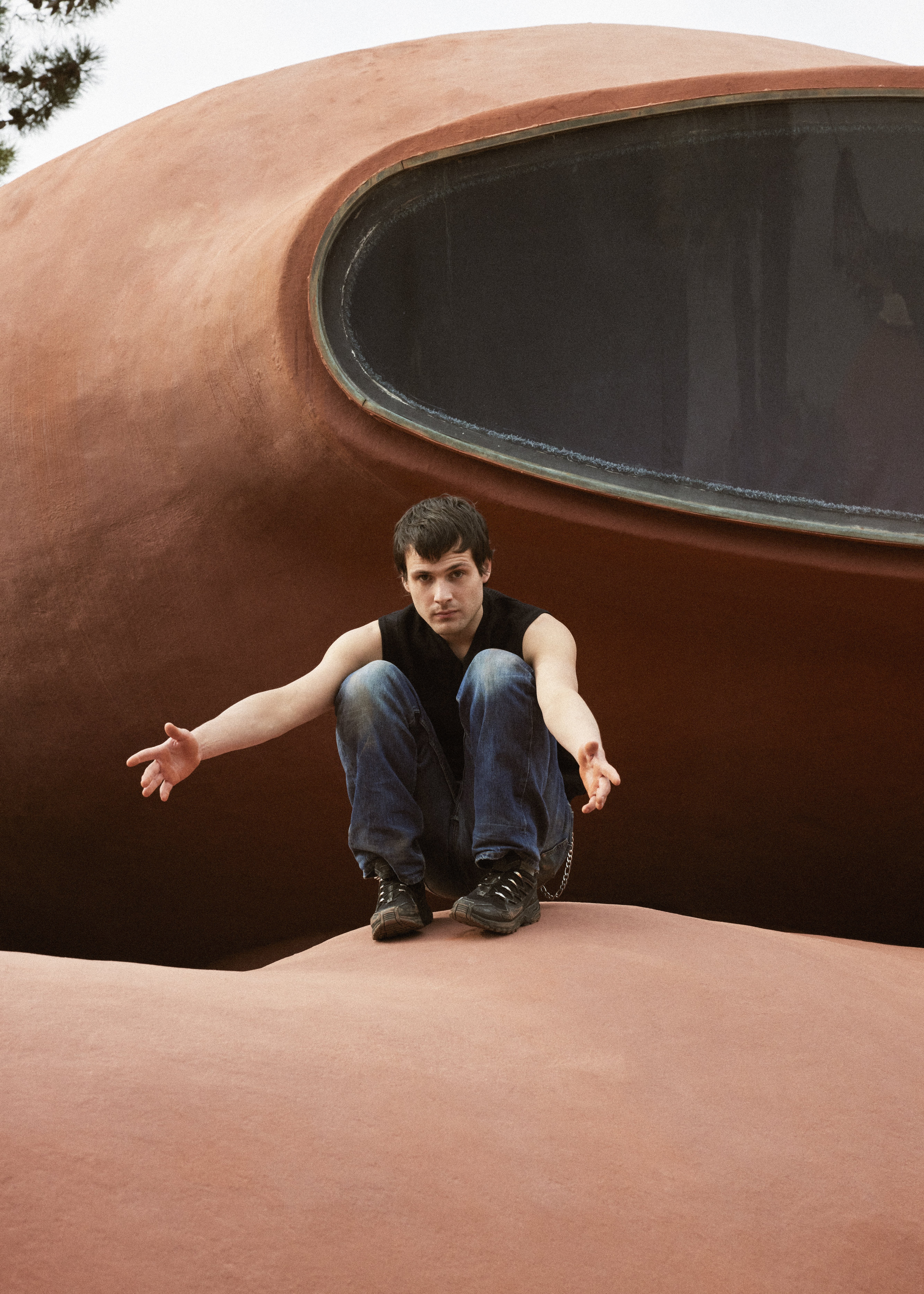The challenges of transitioning into a new career aren’t specific to artists, but they are particularly acute for dancers, since the physical changes that come with age tend to lead them to consider new paths. Faced with state reforms to professional training and the diverse second careers dancers now turn to, France’s dance institutions are now adjusting the support they offer.

There are many ways to describe a career change: a break, a redirection, a transition… Behind these words are various degrees of constraint and personal choice, to the point that it’s sometimes hard to distinguish between a “chosen” change and one dancers experience as forced, as the sociologist Sophie Denave analyzes in Reconstruire sa vie professionnelle (PUF, 2015).
While individual circumstances differ based on dancers’ status (employed by a company or freelance), the dance styles they practice, and whether they want to remain in the dance world or switch to another field, preparing ahead increases the chances of a successful career change. Dance schools are increasingly raising awareness among students, and the conversations young dancers have with more senior ones can also help them see things more clearly. For Victoire Anquetil, a 25-year-old dancer with the Paris Opera Ballet, discussions within the company and the career trajectories of older colleagues have led her to pay attention to the issue. She is thinking about transitioning to a teaching career after she retires from the stage, and has already enrolled in a company training course, offered every two years, which prepares dancers to take the exams for France’s national teaching diploma. “I wanted to do it right away,” Anquetil says. “I’d rather have this diploma early on, so I can start teaching while I still have a dance career. I’m trying to gradually prepare for the future.”
For others, the path is less straightforward. Lucien Ammar-Arino, a graduate of the Paris Conservatory of Dance who is now deputy director of Viadanse, the National Choreographic Center of Bourgogne Franche-Comté in Belfort, decided to end his dancing career in Germany fairly early to study Arabic, create a dance school in Egypt, before returning to France to pursue a Master’s Degree in cultural administration. Even though he feels proud of his career, he admits that he went through long periods of soul-searching and hesitation: “You have to prepare for these career changes, take the time to imagine yourself doing something else, even if you don’t know yet what it will be. When I stopped dancing, I didn’t know what I was going to do – nothing jumped out to me.” It is precisely at these crossroads, when dancers experience doubt and sometimes no longer know who they are, that institutional support has a role to play.
For Alice Rodelet, the head of the Transmission and Careers department at the Centre national de la danse (CN D), there are three main paths to improve conditions for dancers looking to transition away from performing. Informing and supporting them is the first step, but the particular challenges facing performers must also be highlighted within the industry and on a governmental level (through the Ministries of Culture, Work and Health). Finally, dance institutions have been working to achieve greater recognition for the diplomas and professional careers of dancers, in order for them to transition more easily to other fields.
There are several ways dancers looking for a change can currently secure help. Dancers can enroll in the AFDAS “Professional advice and support” program, or be accompanied by specialized consultants through Audiens, a leading structure in the cultural sector, which offers a wide array of support programs. One of the CN D’s missions is also to help and inform dance professionals, and they have teamed up with Audiens to set up discussion groups.
Alice Rodelet and Jack Aubert, the AFDAS’s director of institutional relations and partnerships, underline the impact of a recent state reform: in 2018, a law named “Avenir Professionnel” (“Professional Future”) ended the national “Individual Training Leave” scheme (Congé individuel de formation – CIF) that had hitherto existed, which led to a decline in the number of dancers who were able to access the long-term training programs previously funded by AFDAS. “Regional ‘Professional Transition’ associations are now in charge of funding for professional training and related financial compensation,” says Aubert. “But the committees who hand out these grants are composed of people from a range of professions, and they don’t always take into account the specificity of the work of artists and freelance dancers. Plus their budget is very limited.”
According to the data he has, Aubert estimates the number of professional transition projects for freelance artists to have dropped from 500 per year before the 2018 reform to less than 100 in 2021 – that is, a fifth of what it used to be. While the AFDAS still hands out grants through its “freelance training fund,” it no longer offers financial compensation for lost wages during the training period. The AFDAS is now trying to forge new partnerships with ‘Professional Transition’ associations, by offering additional funding to support some artists.
Gaining recognition for the diplomas and careers of dancers is another top priority for institutions which support career transitions. The relatively new national diploma for professional dancers (DNSPD) corresponds to an undergraduate degree, and the national diploma for dance instructors equals two years of undergraduate studies, but more bridges could be built with other fields – especially the medical and paramedical sector. Above all, the wide array of professional skills and knowledge that dancers acquire throughout their training and career need to be made more apparent. As Ammar-Arino says, “the ability to set a goal and give oneself the means to accomplish that goal is something that can translate to any other context. When you’re a dancer, you work with your body – it takes endurance, perseverance and patience. The body is unforgiving, it doesn’t lie.” All tools that apply to a variety of professional situations, at any age.
Patrick Germain-Thomas is a sociologist who teaches at the Université Catholique de l'Ouest (UCO). Since the early 2000s, his research has focused on the political, economic and aesthetic dimensions of dance. He is the director of the ‘Culture Danse’ collection with Éditions de l'Attribut.
Infos
VIADANSE
Centre Chorégraphique National de Bourgogne Franche-Comté à Belfort
Entretiens individuels au CN D
Rendez-vous reconversion
AFDAS
Appui-Conseil Carrière intermittents du spectacle et de l’audiovisuel
Photo : © Marc Domage









